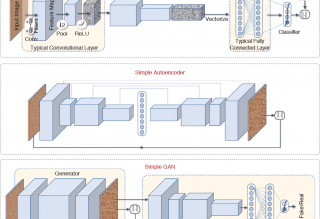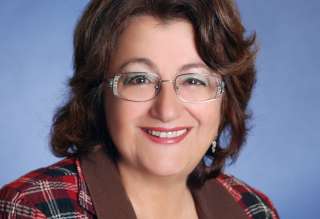Conditional Random Fields Meet Deep Neural Networks for Semantic Segmentation: Combining Probabilistic Graphical Models with Deep Learning for Structured Prediction
Semantic segmentation is the task of labeling every pixel in an image with a predefined object category. It has numerous applications in scenarios where the detailed understanding of an image is required, such as in autonomous vehicles and medical diagnosis. This problem has traditionally been solved with probabilistic models known as conditional random fields (CRFs) due to their ability to model the relationships between the pixels being predicted.









